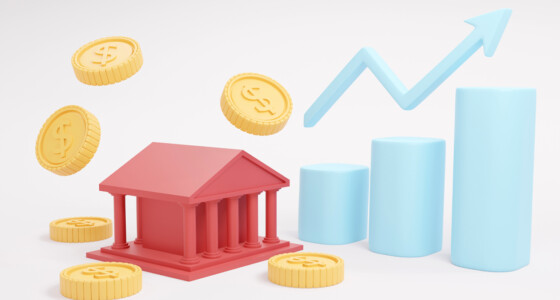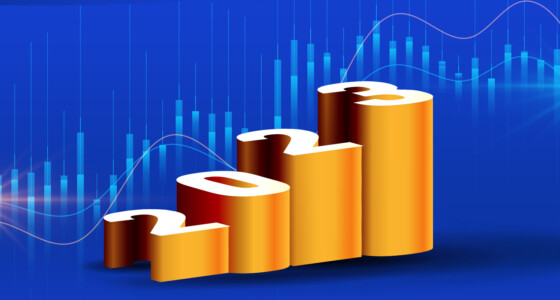

This article explains everything about physical capital, from what it means to what its different types are. We will start with a basic definition of what physical capital is in economics so that even a 9th-class student can easily understand it.
What is meant by physical capital?
In economics, three factors affect production: land, labor, and physical capital. We will talk about the last one. A human-made good that assists in the further production of goods is called physical capital. If you want to know what the different types of physical capital are and what are examples of physical capital, then you can read next.
Explaining physical capital
Since we said that physical capital is just one of the three factors of production, let’s begin to describe all three so that you have a better understanding of what is the difference between land, human capital, and physical capital.
Land, natural resources, and real estate
Economists say that all three resources have to be used for production, in different quantities, of course. The land is one such resource, and it entails land for agriculture, natural resources, property, shipping facilities, and ancillary facilities all come under this resource. It is a broad term, and any other fixed land-based resource you can think of probably comes under this factor of production.
Human capital
So what is human capital, and how does it differ from physical capital? Human capital is another name for labor, covering any resources that humans provide. It can be manual/physical labor, mental labor, or entrepreneurship.
Physical capital
Physical capital is also called capital. It entails all the material items available to aid the manufacturing process. So, some machinery in a manufacturing process is the capital, while the humans working it are labor. The land/factory the machinery is in is the land factor of production.
What is needed to purchase physical capital?
Physical capital is material objects. The company buys them for the production of its goods. For example, buildings, equipment, machines, computers, and other technologies help produce a good. They can be reused and are not consumed in the production process. Of course, all this requires investment.

Physical сapital and Startups
Startups have a vital relationship with physical capital, as startups need to invest heavily before going into production. The size of the investment usually determines the entry barriers for the company. If a particular company requires significant physical capital investments, this creates a severe obstacle to entry into this industry.
If the initial investment in physical capital is low, it is easy to start a new company. A famous example of this is the number of law firms in the world compared to the number of steel manufacturing companies. They heavily outnumber the amount of steel manufacturing plants worldwide.
Examples of what is physical capital
Physical capital is an essential part of any company. As discussed above, the definition is broad; therefore, what physical capital means is widely debated. One set of economists may describe Coca-Cola’s headquarters in Atlanta as a form of physical capital because it aids production. In contrast, others may constitute it as land because of its real estate value.
Physical capital is also illiquid. Once invested in a particular capital, converting it back to cash is complicated as the sale of that asset is quite tricky. It can be since the machine is only suitable for your company. For example, a sticker printer that prints just one stencil is only fit for the logo designs of your T-shirts at your production site.
Physical capital is also fixed. It rarely loses value because it is not consumed to produce one good. It loses its value slowly over time, and therefore physical capital requires maintenance to hold its value.
Frequently Asked Questions (FAQs)
In economics, physical capital is one of the three factors of production. That is why it is so important to know what physical capital is.
What is the meaning of physical capital in Hindi?
Physical capital meaning in Hindi is भौतिक पूंजी. It can write in roman as “Maadi Sarmaya”.
What is the difference between physical capital and human capital?
So, we learned about what human capital and physical capital are above; now, it is important to understand their differences. Physical capital refers to the non-human assets of a company — tools, machinery, equipment, etc. — that help in production. Human capital refers to the stock of knowledge, skills, and abilities that an employee uses to make a business successful.
What is the difference between physical capital and working capital?
Physical capital is the company’s non-human assets. It is an investment made in the company’s long-term assets. Working capital is an investment made in the company’s current assets. That is, it is the capital used in the company’s day-to-day trading operations.
For example, a company needs raw materials daily to produce products and money to make payments or buy other necessary things. Raw materials and money available are working capital.
What is physical capital formation?
The stage at which the company decides to invest in physical capital is called the physical capital formation stage. The company acquires material assets and uses them in its production process.
What is physical capital maintenance?
Capital maintenance is when the company’s capital at the beginning of the accounting period equals the capital at its end. Thus, the company shows that it has retained its assets and capital for the accounting period; that is, it has fully reimbursed all costs.
The bottom line
The definition of physical capital clarifies how important it is to invest in it for a company’s success. However, it is worth remembering that this is one of the three factors of production. An essential role in the company’s growth is also human capital.






